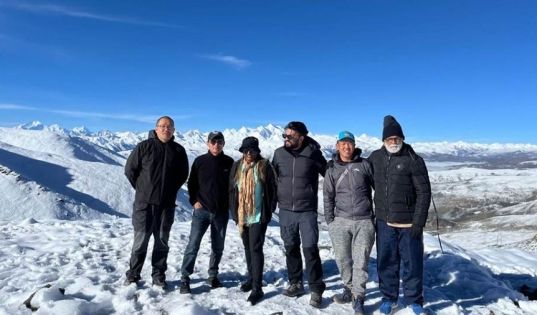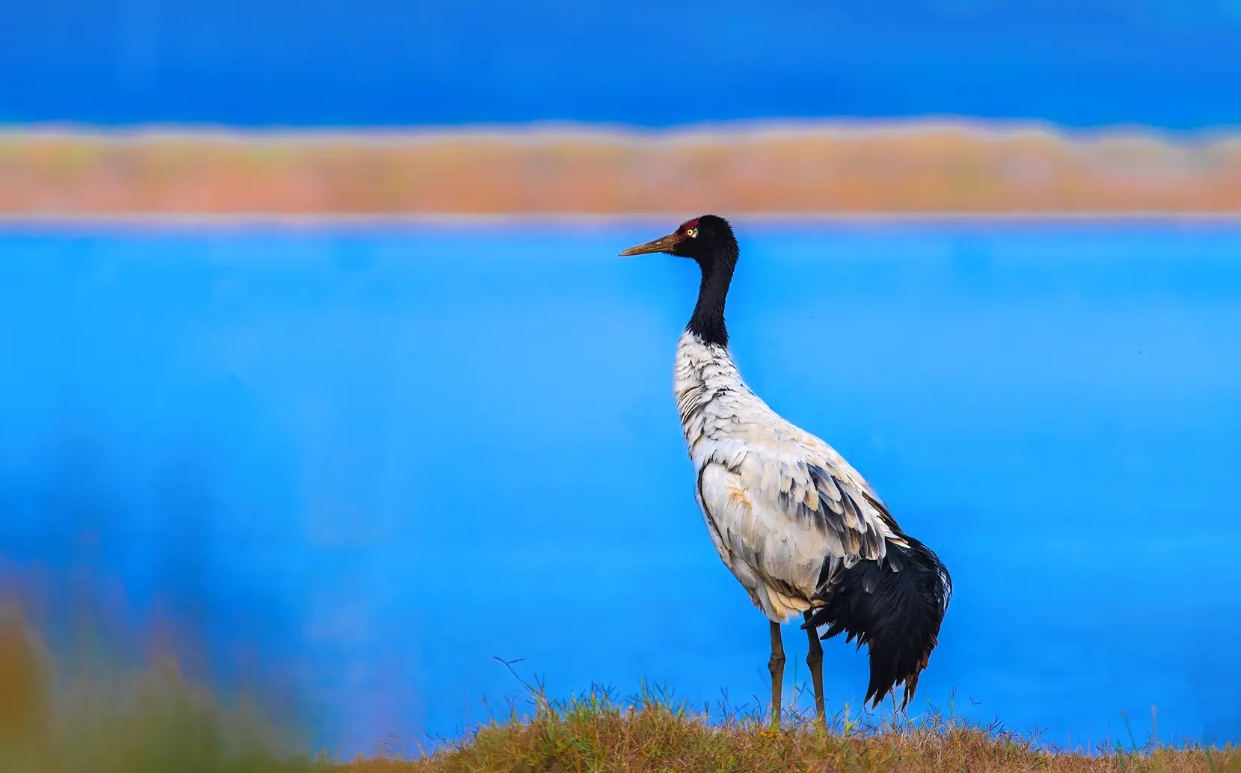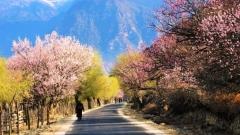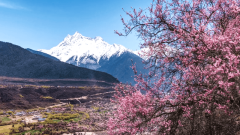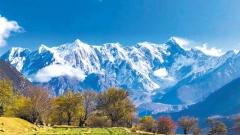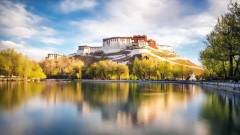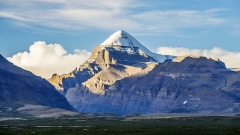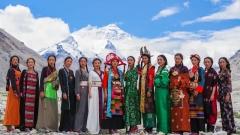When people hear the phrase “the Third Pole of the Earth”, many are surprised to learn it refers not to the North or South Pole but to the vast Tibetan Plateau. Known as the “Roof of the World,” Tibet holds the largest store of ice and glaciers outside the Arctic and Antarctica, making it one of Earth’s most critical ecological regions.
The Geography of Tibet: A High-Altitude Wonder
The Tibetan Plateau stretches over 2.5 million square kilometers, averaging an altitude of more than 4,500 meters above sea level. This makes it the highest plateau on Earth. Its immense size and elevation have shaped not only its nickname as the “Roof of the World” but also its role as the Third Pole—a unique cold region with polar-like conditions.
Key features include:
-
The towering Himalayas, including Mount Everest (8,848 m).
-
High-altitude lakes such as Namtso and Yamdrok.
-
Vast grasslands and valleys shaped by glaciers.
Tibet as the “Third Pole” of Ice and Glaciers
The name “Third Pole” comes from Tibet’s enormous stores of ice. Scientists estimate that the Tibetan Plateau and surrounding Himalayas contain over 46,000 glaciers, holding the largest reserve of freshwater outside the Arctic and Antarctic.
-
These glaciers feed Asia’s most important rivers.
-
Melting rates are accelerating due to climate change.
-
The region’s ice reserves are vital for billions of people downstream.
Thus, Tibet’s glaciers act as the water tower of Asia, comparable in importance to the polar ice caps.

Midui Glacier
Water: Asia’s Lifeline from Tibet
Tibet is often described as the “Water Tower of Asia” because ten of Asia’s largest rivers originate here, including:
-
The Yangtze River (China’s longest).
-
The Mekong River, flowing through Southeast Asia.
-
The Brahmaputra, vital to India and Bangladesh.
-
The Indus, sustaining Pakistan’s agriculture.
In total, these rivers provide water to nearly 2 billion people, underlining Tibet’s role as Asia’s lifeline.
Extreme Climate: Polar Conditions at High Altitude
Although located in the middle latitudes, Tibet’s altitude gives it a polar-like climate. Winters are long and freezing, while summers remain cool.
Key points:
-
Temperatures at night often drop below zero, even in summer.
-
Oxygen levels are about 40% lower than at sea level.
-
Snowstorms and strong winds resemble conditions found at Earth’s poles.
These extremes reinforce the description of Tibet as a “Third Pole.”
Ecology and Biodiversity on the Plateau
Despite its harsh environment, Tibet supports a remarkable range of life. Its ecosystems include grasslands, alpine meadows, and desert-like expanses.
Notable species include:
-
Tibetan antelope (chiru), adapted to high altitudes.
-
Snow leopards, elusive predators of the mountains.
-
Black-necked cranes, sacred birds in Tibetan culture.
Many of these species are endangered, making Tibet an ecological treasure as well as a climate regulator.
Climate Change and Global Impact
The Tibetan Plateau is warming faster than the global average, with severe consequences:
-
Accelerated glacier melting threatens water supplies.
-
Permafrost thaw contributes to greenhouse gas release.
-
Increased flooding and droughts affect millions downstream.
Because of its vast glaciers and weather systems, changes in Tibet influence not only Asia but also global climate patterns.
Cultural and Spiritual Dimensions
For Tibetans, the plateau is not just geography—it is sacred. Mountains, lakes, and glaciers are worshipped as living deities. Rivers like the Yarlung Tsangpo and lakes like Manasarovar hold deep spiritual meaning.
The Tibetan way of life—practicing sustainable herding, pilgrimages, and reverence for nature—reflects an intimate connection with this unique environment. The idea of Tibet as the “Third Pole” is not only scientific but also spiritual, symbolizing balance between humanity and nature.
Tibet for Travelers: Experiencing the Third Pole
Visiting Tibet allows travelers to witness this extraordinary environment firsthand. Highlights include:
-
Trekking around Mount Kailash, a sacred peak.
-
Exploring Namtso Lake, surrounded by snowy peaks.
-
Visiting Everest Base Camp to see the world’s highest mountain.
-
Experiencing Tibetan monasteries that blend culture and spirituality.
Travelers must also prepare for altitude and respect local customs, but the rewards include landscapes and cultural encounters unlike anywhere else on Earth.
Conclusion
Tibet is called the “Third Pole of the Earth” because of its unparalleled ice reserves, polar-like climate, and global ecological significance. Its glaciers sustain Asia’s great rivers, its high-altitude environment regulates weather, and its culture embodies a profound respect for nature. For scientists, pilgrims, and travelers alike, Tibet is not just a plateau—it is one of Earth’s most vital frontiers.
Classic route recommendation
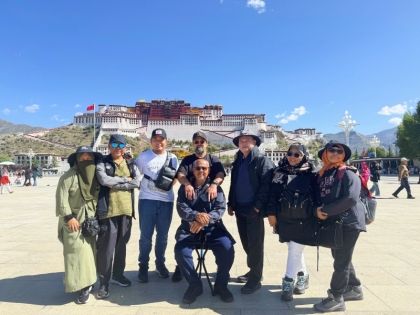
8-Day Classic Tibet Tour: Lhasa, Everest, Namtso & More $ 965
